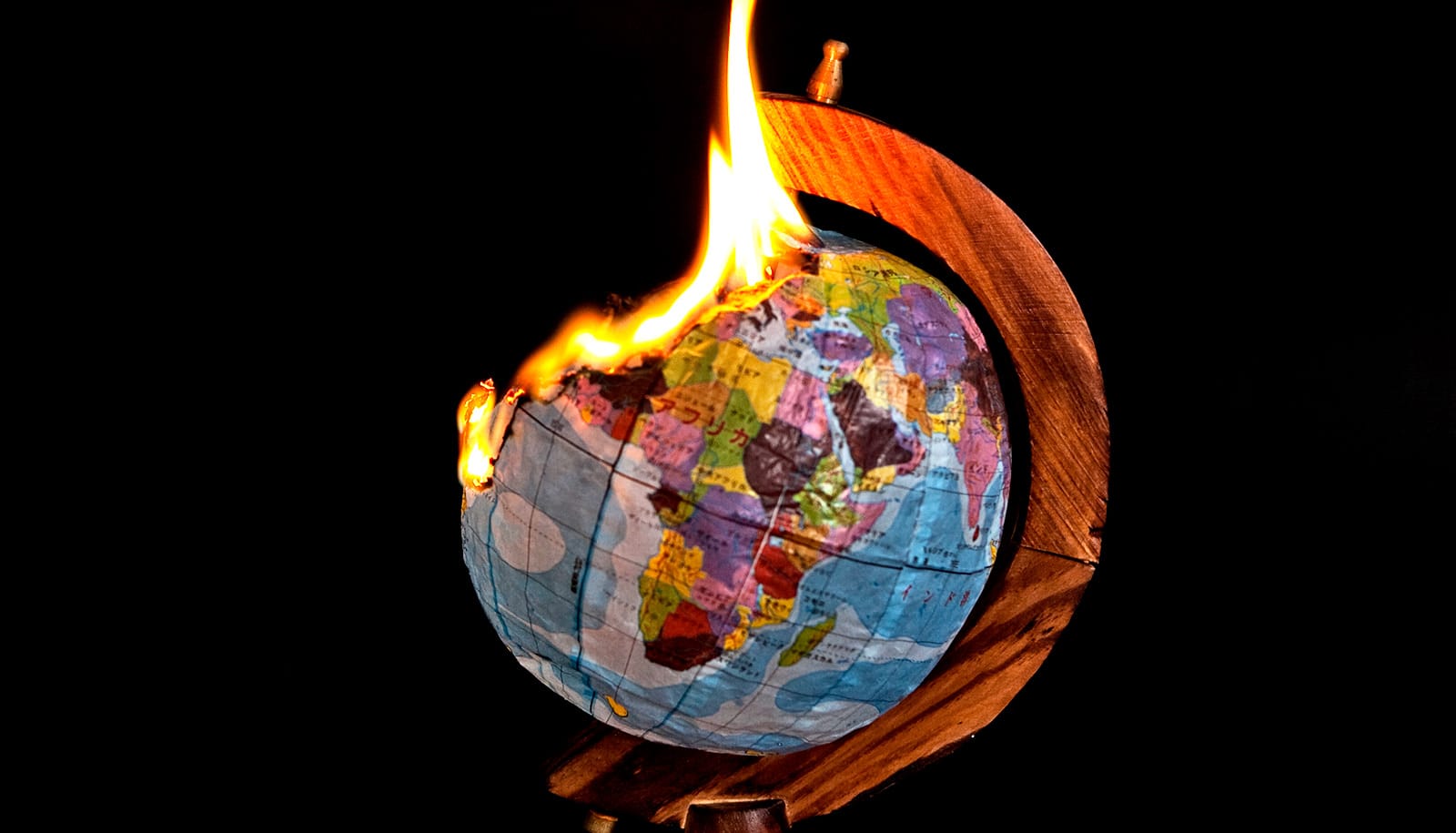More record-breaking temperatures will occur in the tropics, where there is a large and rapidly growing population, a new study shows.
“People recognize that polar warming is much faster than the mid-latitudes and tropics; that’s a fact,” says study lead author Xubin Zeng, director of the University of Arizona Climate Dynamics and Hydrometeorology Center and a professor of atmospheric sciences.
“The second fact is that the warming over land is greater than over ocean. The question now is: Where do we see more extreme heat events? Over polar regions or the tropics? Over land or ocean? That’s the question we answer.”
Raw and normalized temps in the tropics
For the study, published in Geophysical Research Letters, Zeng and his collaborators analyzed temperature data from the last 60 years in two different ways: they looked at raw temperature trends and at normalized temperature trends. Raw temperature is the actual temperature measured outside, whereas normalized temperature is raw temperature divided by the year-to-year variations.
Raw temperature data over the polar region reveals a huge range in temperature. Over the tropics, where it’s warm and humid, raw temperature data reveals smaller temperature fluctuations. But when temperature is normalized—or divided—by the temperature fluctuations over the same period, the data shows that the tropics have greater normalized warming and are actually experiencing more record-breaking heat events.
This new perspective allowed Zeng and his team describe the threat to these areas in a new way.
“We realized that very few researchers have addressed the relationship between warming and extreme hot events between different regions, but when you do, the answer is unexpected,” says Zeng, who is also chair in environment in the hydrology and atmospheric sciences department.
It is generally understood that warming trends would increase the occurrence of extreme events in a given region. For instance, Arctic amplification, which is the scientific way of saying there’s a larger temperature increase at the poles, has been emphasized in all five Intergovernmental Panel on Climate Change, or IPCC, reports.
But it can overshadow what’s happening in regions like the tropics, around the equator, where less dramatic swings in temperature are the norm.
“Temperature trends in the tropics don’t need to be as large to break records and affect the environment, ecosystem, and human well-being,” Zeng and his coauthors write.
Surprising global hot spots
The study also identifies two surprising “hot spots” for the occurrence of extreme events: over the Northern Hemisphere’s ocean and over the Southern Hemisphere’s tropical land. This is important because marine heat waves are not well understood but would likely have large impacts on marine ecosystems.
“These regions we’ve identified should receive more attention due to their significant impacts on ecosystem and environment. People know tropical forests are important, but here we’re saying they’re even more important because suddenly we realized there are going to be more extreme events and weather over the Amazon rainforest,” Zeng says.
Species can navigate change—if the change is gradual—via adaptation, but extreme events occur too quickly and often.
Zeng also publishes annual hurricane forecasts for the North Atlantic. He says ocean warming not only leads to more intense hurricanes, but ocean temperatures also affect climate and weather in other ways. “For example, when we talk about the current drought over the western United States, it’s linked to the ocean surface temperature,” he says.
“Earth system models for IPCC reports should not only use raw temperature data, but also normalized temperature data to understand the impacts of global warming on the occurrence of extreme heat events.”
Source: University of Arizona



